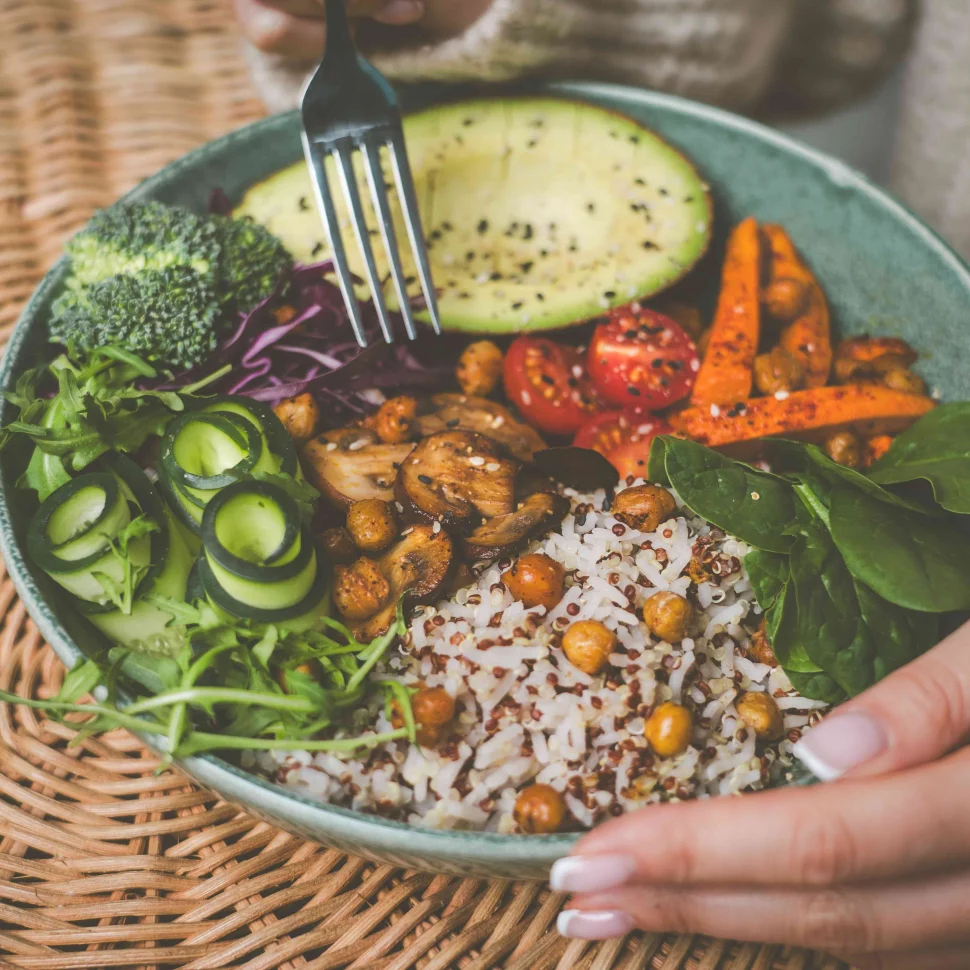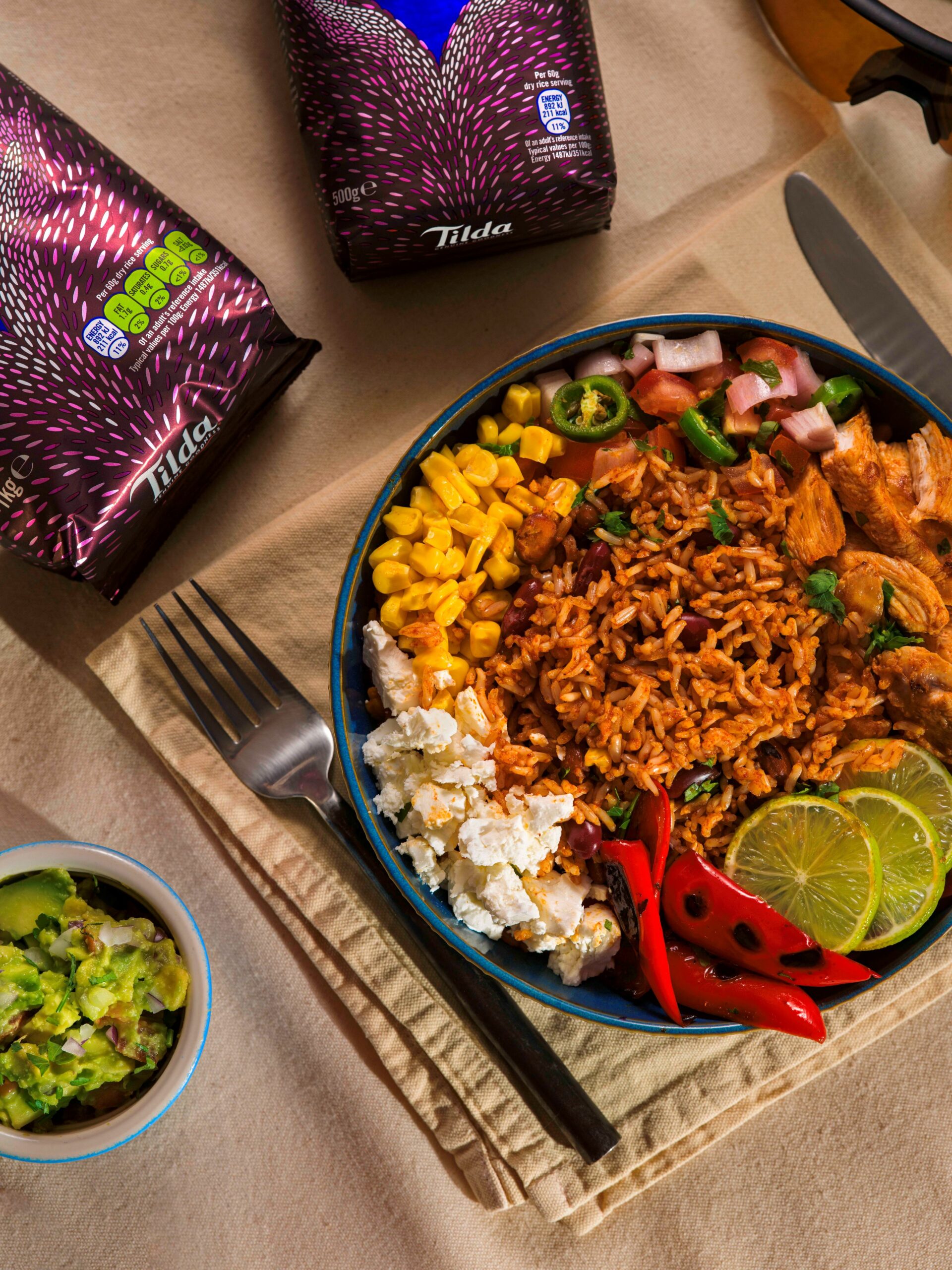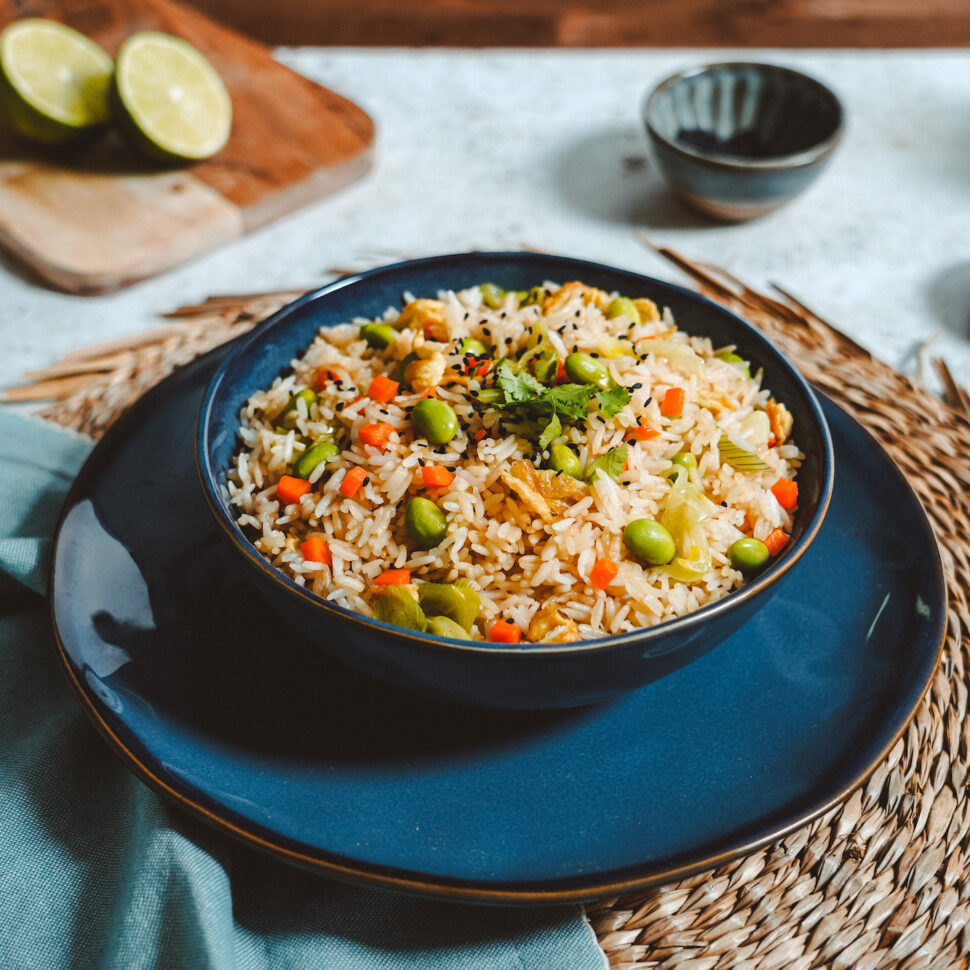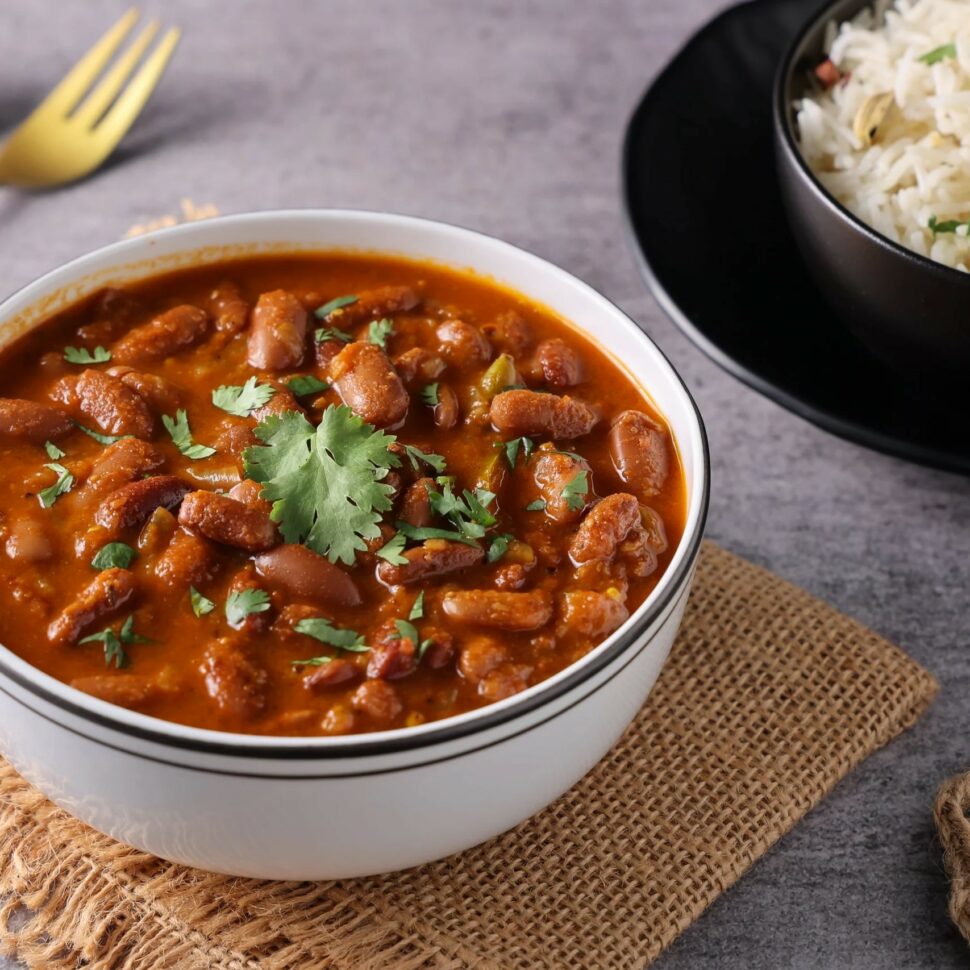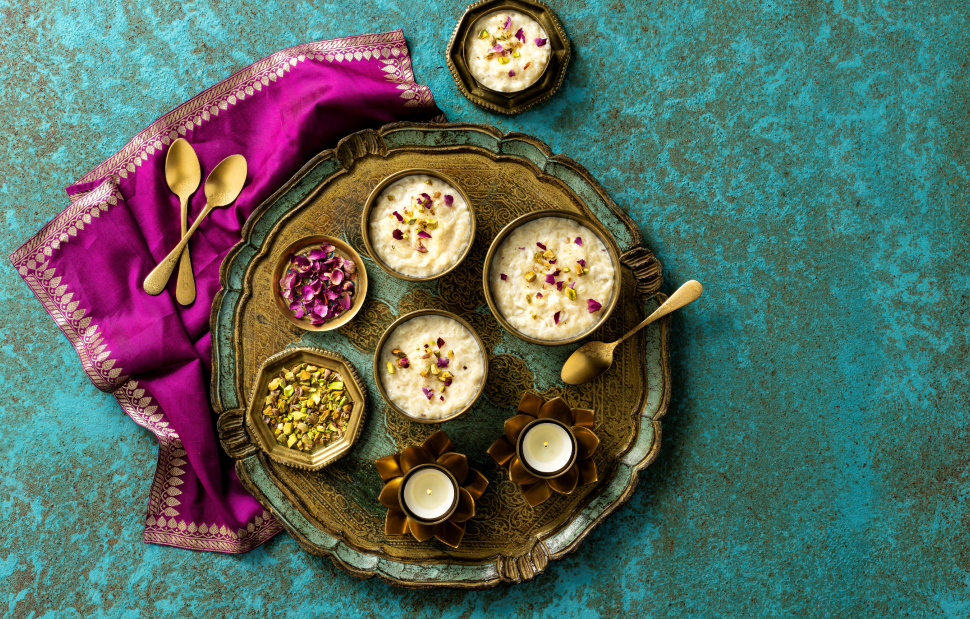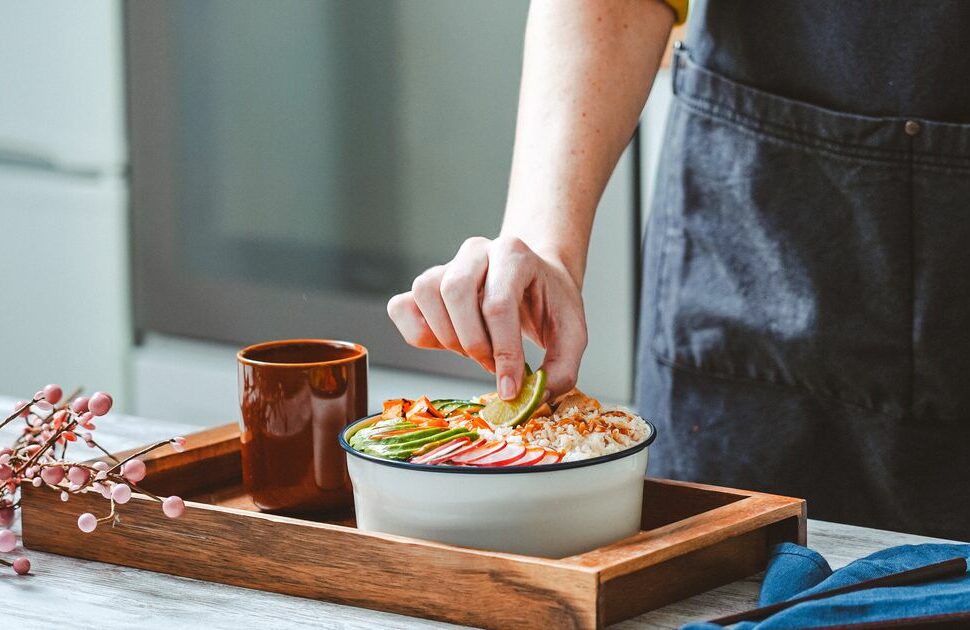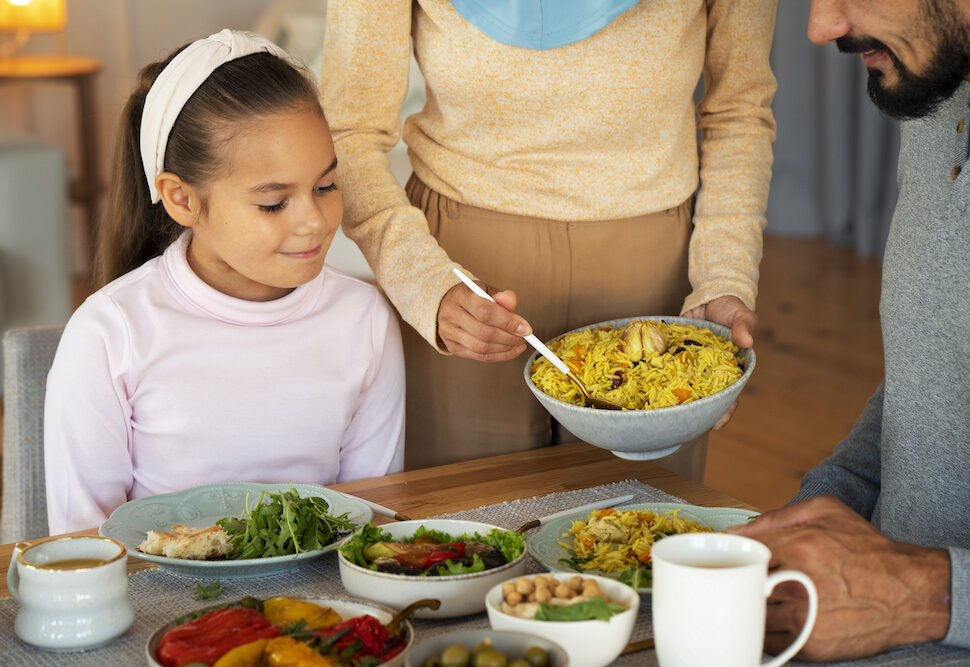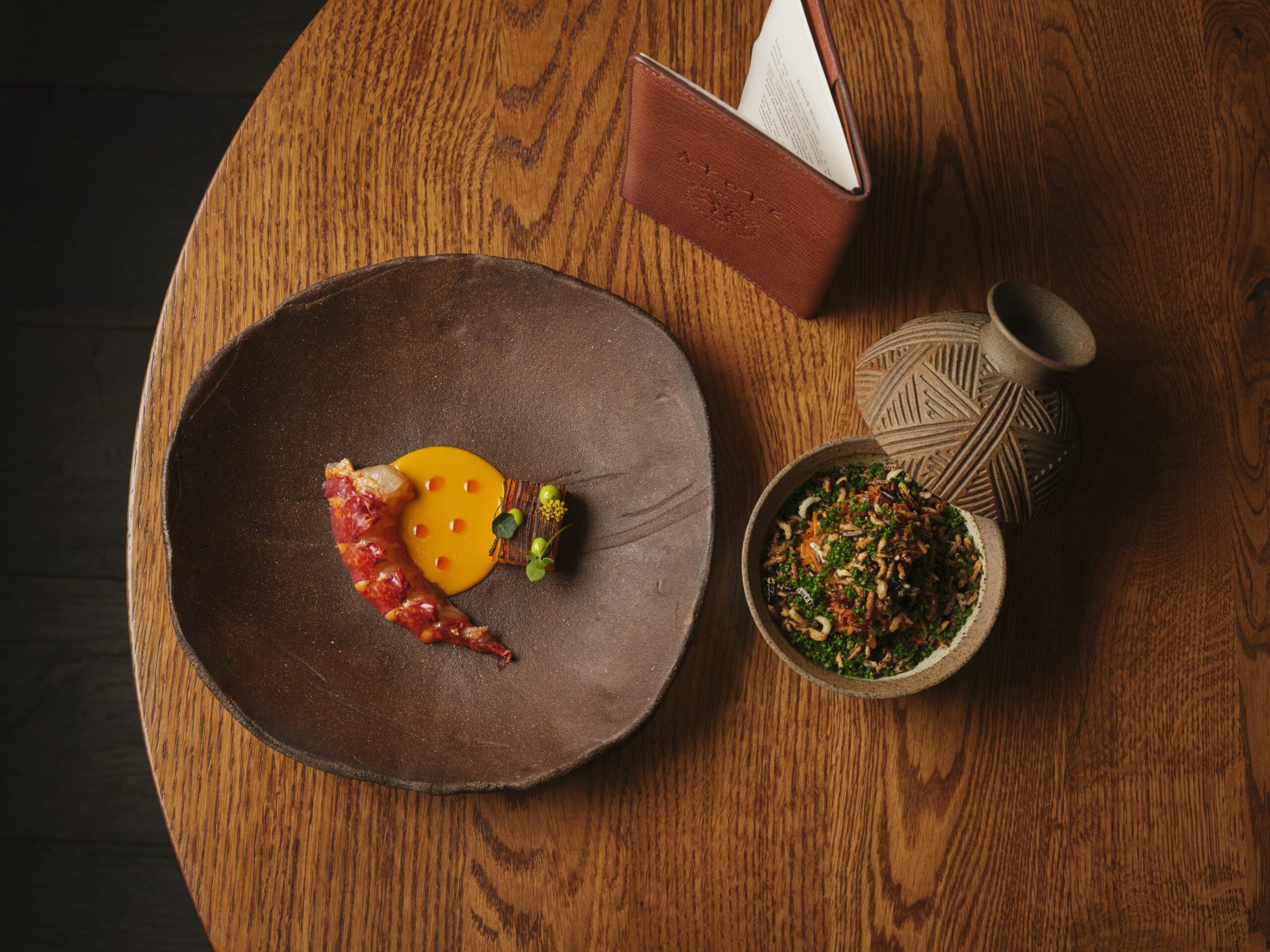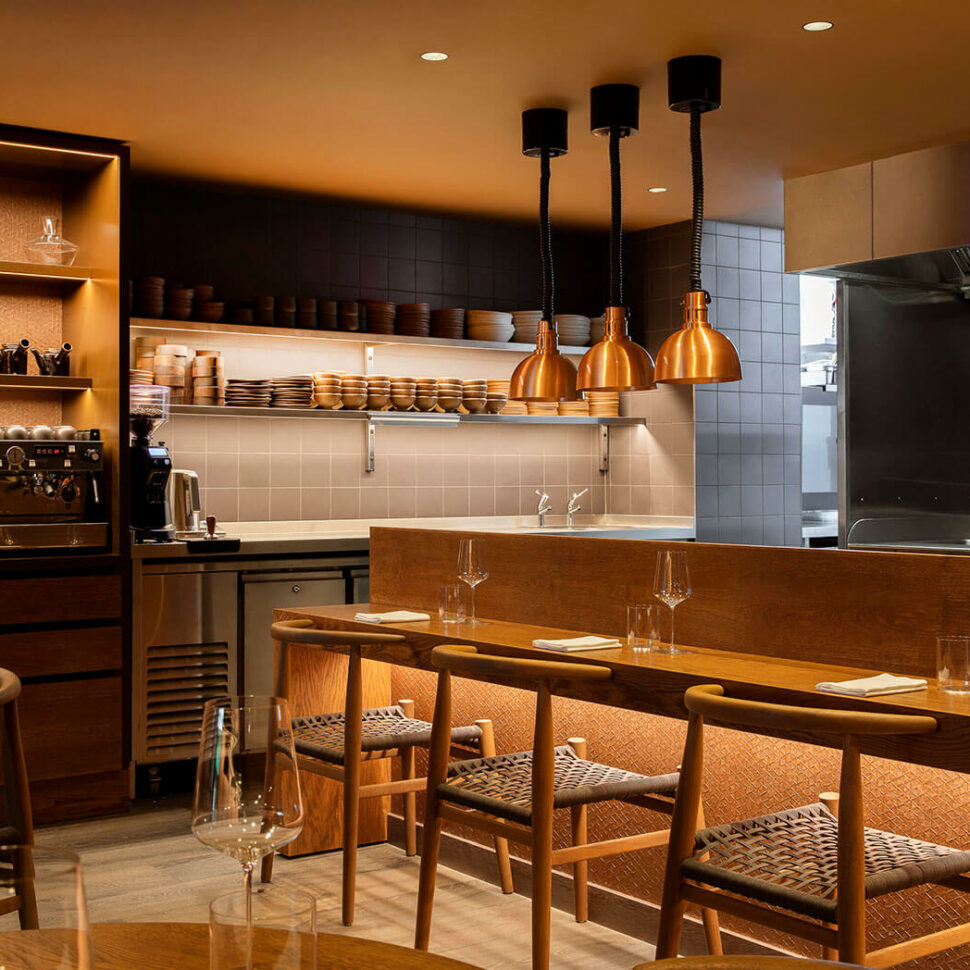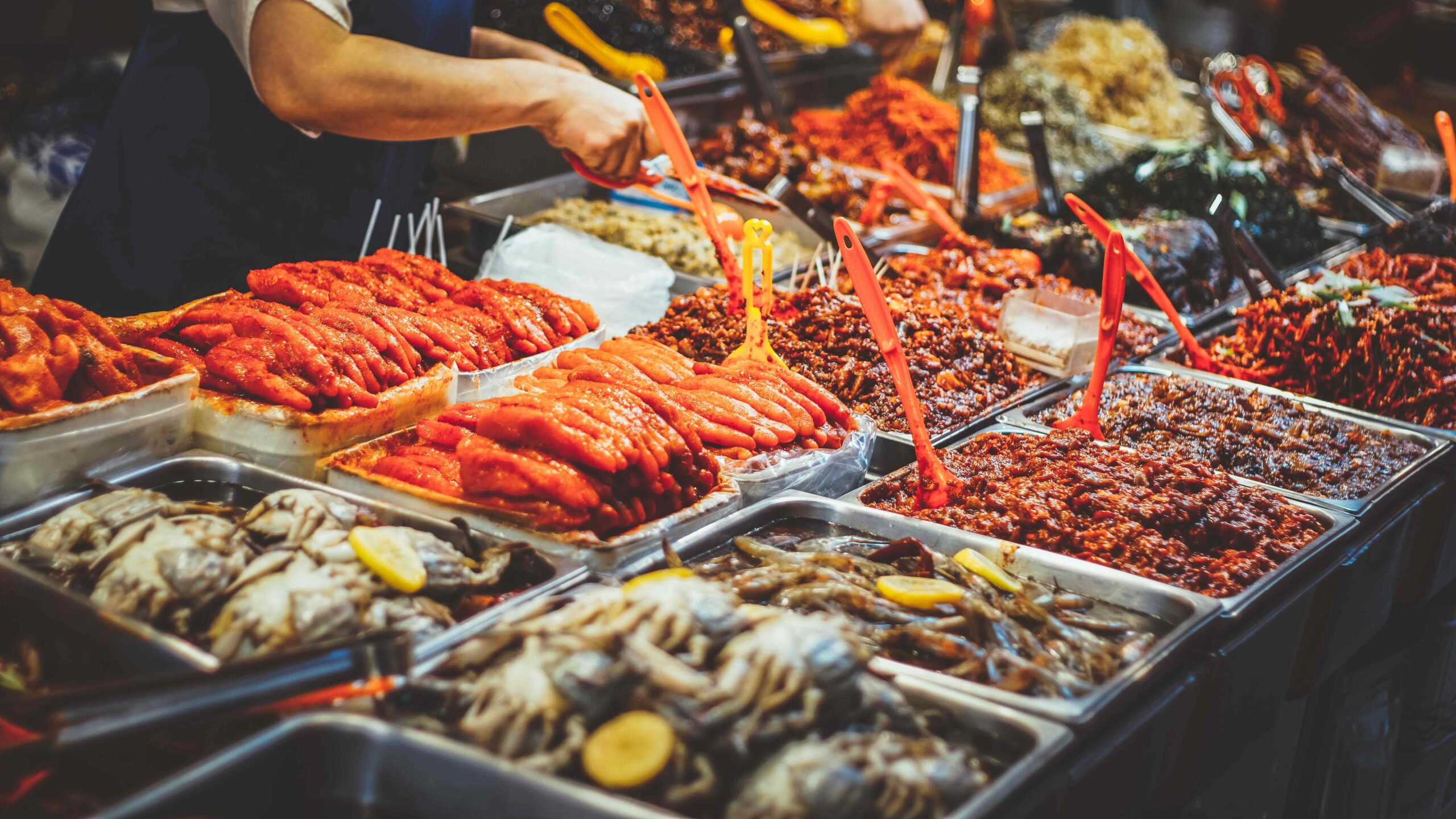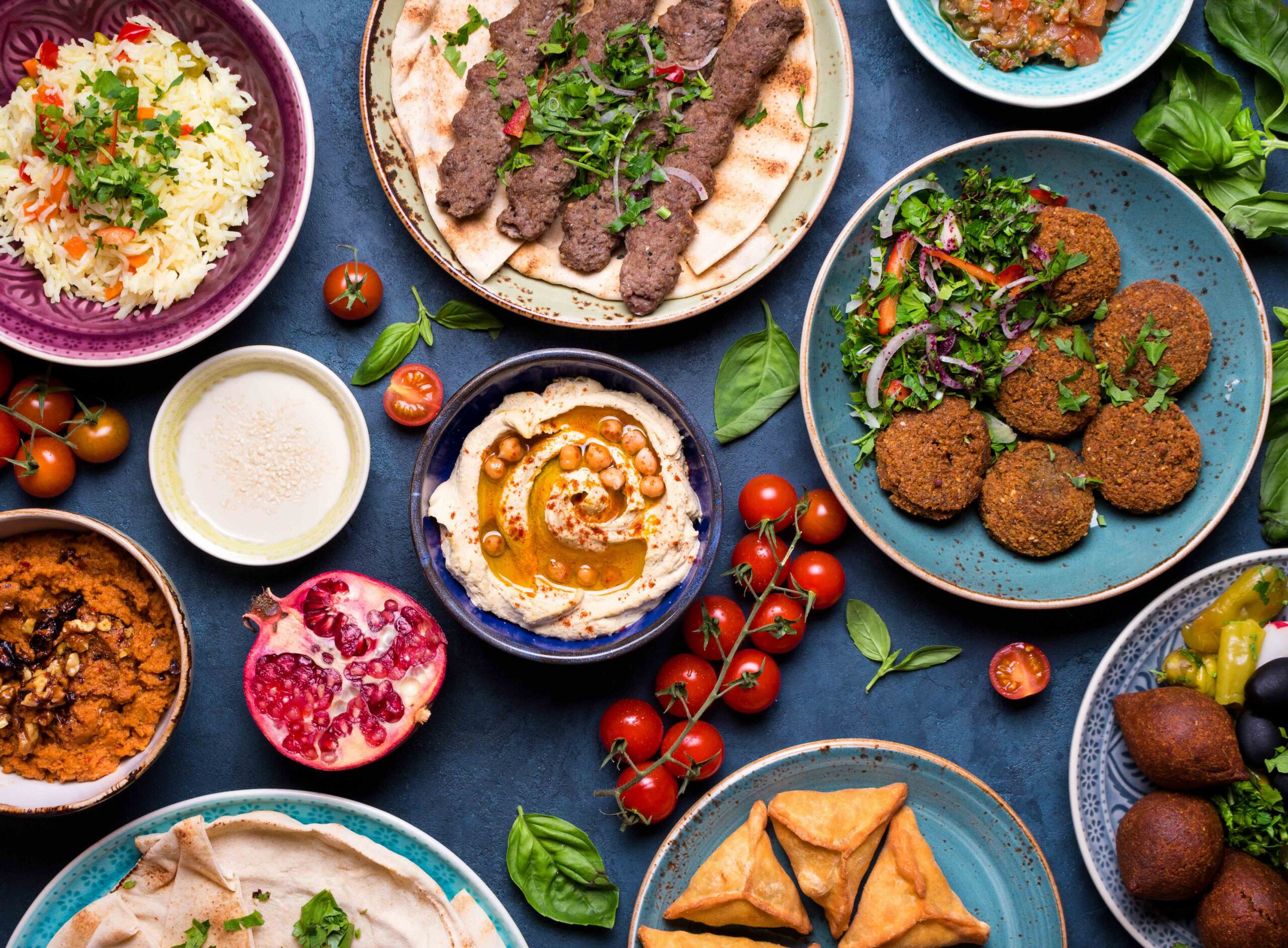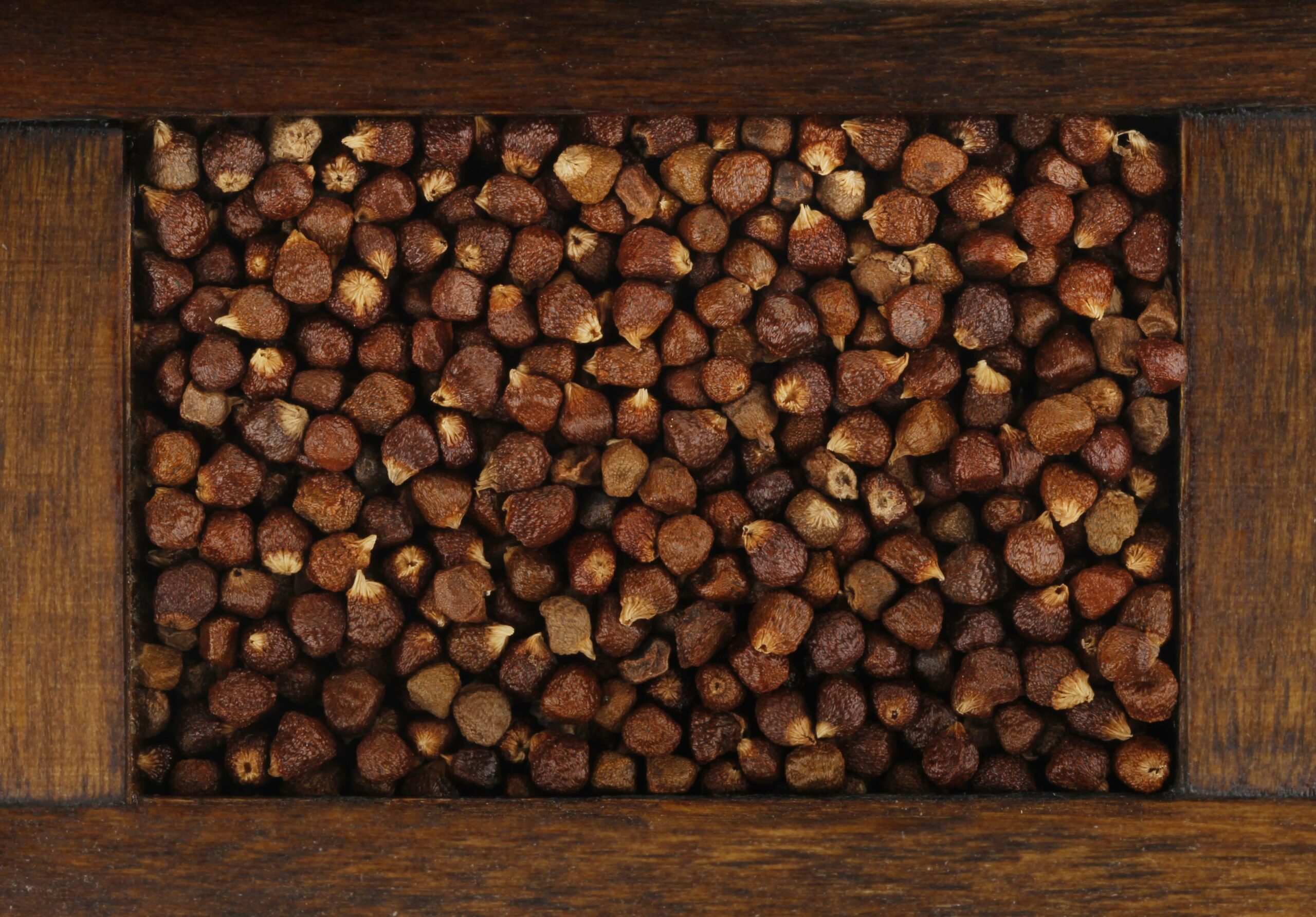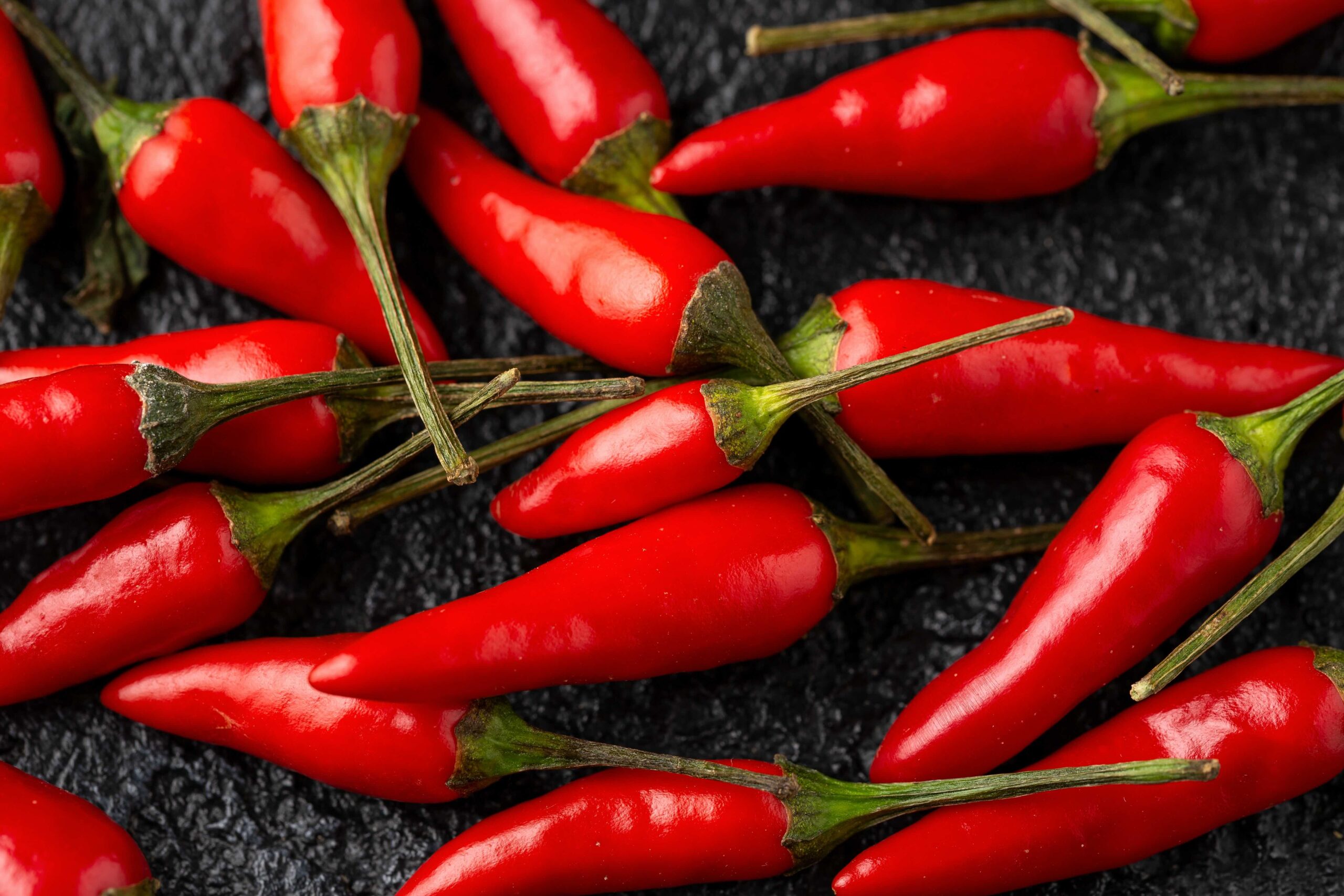A Guide to Paprika

Discover all there is to know about this truly fiery and versatile spice.
What is paprika?
Paprika is a fiery flavouring that for many, is just as essential to your kitchen as salt and pepper. It’s a spice rack staple, ground from a variety of dried red peppers in the Capsicum annuum family, including red, bell, cayenne and chilli peppers. This vibrant red spice ranges in flavour from mild and slightly sweet to hot and spicy, and its main use is to add flavour and colour to dishes, rather than heat.
Where does paprika come from?
Paprika originates from central Mexico, but it was brought to Europe in the 16th century by Christopher Columbus. Sometime after, paprika made its way to Hungary, and has been a staple food there ever since. Paprika is the Hungarian word for pepper. It’s the country’s national spice, and they spoon it on to pretty much any dish you can think of – from soups, stews and sauces to rice and eggs. It plays the starring role in Hungary’s most celebrated dish – goulash (a warming winter stew made from red meat, onions, potatoes and vegetables, served over egg noodles).
Did you know?
Hungarians eat a colossal half kilo of paprika every year – that’s more than anyone else in Europe.
What does paprika taste like?
Paprika will uplift your dishes with subtle earthy notes and a gorgeous red colour, without ever overpowering the other ingredients. Making the spice a true team player.
The type of pepper used, where it comes from and how it’s prepared, determines how paprika tastes. Although there are many different varieties, it’s often divided into three categories, sweet paprika, hot paprika and smoked paprika.
Sweet paprika is the one most commonly found in supermarket aisles and adds vibrant colour to any dish it touches. Mild and delicate, and warm rather than hot, it’s the perfect choice if you want to add peppery flavour to your food without the heat. It tends to be more fruity and a little bitter too. If you’re cooking a recipe that doesn’t specify the type of paprika, sweet paprika is definitely your best bet.
Hot or spicy paprika is, of course, hot and spicy. You may also see hot paprika referred to as Hungarian paprika. It’s not as hot as pure cayenne pepper, but it can definitely pack a punch, adding a spicy kick to almost any dish. Hungarian paprika comes in eight different varieties, each with varying degrees of heat and flavour, but the most common is édesnemes – known for its pungent, peppery flavour and sweetness.
Smoked paprika, often called pimenton, or smoked Spanish paprika is made from peppers that are smoked, dried over oak fires and then crushed into a fine, bright red powder. Bringing a deeper, richer, cooler flavour to the table. When it comes to heat, smoked paprika can be mild (pimentón dulce), medium (pimentón agridulce), or hot (pimentón picante).
Did you know? The vibrant red colour of paprika is because it contains high levels of carotene, the same pigment found most notably in, believe it or not, carrots.
Did you know?
The vibrant red colour of paprika is because it contains high levels of carotene, the same pigment found most notably in, believe it or not, carrots.
What cuisine can paprika be used in?
Paprika is used in a variety of different cuisines but it’s adored by Hungarians. You won’t find a goulash without it. In Spain and Mexico it’s used to flavour chorizo and paella. And in Portugal and Turkey for stews and soups.
Paprika is often used for seasoning meat and is a common ingredient in rubs, marinades, sauces and stews. So make sure you have some nearby the next time you fire up the barbeque. In the US, you’ll see paprika sprinkled over deviled eggs, eggs benedict and french fries to give a spicy kick, and it’s often scattered on top of creamy soups to add both colour and sweetness. It’s also sprinkled on top of hummus and used as a substitute to flour for thickening sauces. Add paprika in pasta sauce, or any tomato-based dish to add a burst of flavour and gorgeous colour. The next time you cook mac and cheese – try adding smoked paprika – it takes it to a whole different level.
Who knew paprika was a spice with so many talents?
Where to buy paprika
If you’re looking for paprika, you won’t have to search far. You’ll find the popular spice in your local supermarket, just look out for the label. If it just says paprika, that means it’s most likely the sweet variety. So if you’re after smoked, make sure it says it on the packaging label. You’ll also find smoked paprika as powder to use in your marinades and rubs. Speciality food stores and spice shops, as well as online, are a good place to get your hands on authentic Hungarian and Spanish paprika.

How to use paprika
Paprika’s colour and flavour reduce the longer it’s cooked. So add it at the end of your cooking to make sure you make the most of its wonderful shade and taste. Compared to other spices, you can use paprika quite liberally without overpowering other ingredients, so don’t be afraid to be generous. Paprika burns quite easily due to its high sugar content, so it’s best cooked with a little oil over a low heat and don’t forget to keep stirring.
How to store paprika
Like all other dried spices, paprika is best stored in an airtight container away from heat and sunlight. It has a long shelf life – ground paprika should last two to three years, although it may lose its aroma and become chalky, so ideally you should use it within six months. You can also keep paprika in the fridge for up to two months.
Substitutes for paprika
To recreate the spice of hot paprika, the best substitute is another dried chilli, like ground cayenne, aleppo pepper powder, crushed red pepper flakes, red chilli powder, or even a dash of hot sauce. If your recipe calls for smokiness and sweetness, try chipotle chilli powder or ancho pepper powder. Chipotle powder has a smoky taste, but is hotter than paprika with a more earthy flavour, lending itself to barbecue sauces, rubs and chillis. Due to the difference in heat, use a ¼ teaspoon of chipotle powder for every teaspoon of paprika and adjust depending on your taste buds.
If you’re looking to replicate the flavour of sweet paprika add a pinch of sugar or some honey. Adding mild chilli powder or tomato powder works too. Bell peppers are another great substitute for sweet paprika and they come from the same Capsicum annuum family. Mild, sweet and aromatic, bell peppers give the same delicious taste and aroma, while adding a splash of colour too. When buying your bell peppers, make sure they’re nice and ripe.
One of the best substitutes for paprika is cayenne pepper. It’s a spicy chilli pepper, used to flavour many different cuisines and quite similar in colour. It’s a lot stronger and hotter than paprika, so if you’re using it as a substitute in your cooking, make sure you use a lesser quantity. If you have a lower tolerance to spicy food, you can add salt, cream, chopped tomatoes or more liquid (water or broth) to try and dial down the heat.
Like paprika, chilli powder packs a lot of flavour and is another worthy substitute. It’s also not as spicy as cayenne pepper, so you can use the same quantities. The same goes for cajun spices. A combination of black and white pepper, plus other herbs and spices, it can work as a good substitute for smoked or sweet paprika, offering a similar flavour. But you won’t get the same beautiful red colour – more of an orange, warm hue.
You can also use cumin instead of paprika. But it’s a lot hotter, so go easy on the quantities. Like cajun spices, you won’t achieve the gorgeous red colour of paprika, as cumin has more of a yellowy-brown colouring, but you’ll still get an earthy flavour with hints of bitterness and sweetness.
What flavours complement paprika?
There are a number of herbs and spices that will help add even more flavour to your dishes alongside paprika. Rosemary is a popular herb in Mediterranean cuisine and adds a sweet, intense flavour to grilled chicken and lamb, potatoes and roast vegetables. Oregano also pairs well with paprika. Full of flavour, it brings citrus and anise flavours to your dishes. Try it alongside paprika when you’re cooking a whole chicken, making crispy potatoes or marinade for your barbeque. And if you’re looking for a complementary spice, try cumin. It brings a spicy, warm flavour and earthy colour to a number of dishes, including meats, vegetables, potatoes, soups and stews. Paprika also goes well with caraway, garlic, ginger and thyme.

Does paprika have any health benefits?
Adding paprika to your food can also help your health. Containing capsicum and high in fibre, it can assist with digestion, breaking down foods more easily. Paprika is also high in vitamin C and is said to normalise blood pressure and improve circulation. So it’s definitely worth adding to your dishes in the winter to provide some extra warmth. As well as vitamin C, paprika also contains good levels of vitamin E, which helps the body produce red blood cells. That means it can help heal wounds. If you get a cut, sprinkle some of the powder on it and press gently with a clean cloth for a few seconds. The spice is loaded with antioxidants too, which fight cell damage, so it’s linked to helping prevent heart disease and cancer. It’s also an effective treatment against acne, rejuvenating your skin. The iron found in paprika is also said to encourage hair growth, by improving circulation to the scalp. And it can help maintain hair colour too, due to vitamin B6, which aids in the production of melanin, a pigment that gives your hair colour. But if you’re planning on using it for this reason, always test a small amount on your wrist first, just in case you have a reaction.
Did you know?
According to recommendations from the Institute of Medicine, a mere tablespoon of paprika contains more than 100% of the recommended daily intake of Vitamin A for men and women.
Recipes with paprika
If you look at any Hungarian recipe, paprika is sure to feature. Paprika is an essential ingredient in goulash, and chicken paprikash – another popular Hungarian stew made from a creamy paprika sauce. If you’re looking for a winter warmer, try out our Italian chickpea, spinach and rice soup with smoked paprika, or Turkey meatballs served on a rice base of aubergines, smoked paprika and spinach – both delicious. Paprika is also a great addition to Jambalaya, a classic Creole shrimp and sausage dish made with rice, chicken, diced tomatoes and stock, and Moroccan lamb tagine. If you’re looking for an al fresco recipe to enjoy with friends in the summer sunshine, try paella. The vibrant colour of paprika paired with perfectly balanced flavours of sundried tomatoes and rosemary will help re-create the sun-soaked streets of Barcelona in your own back garden. If you’re making a chilli con carne, definitely add some smoked paprika into the mix. It will give your dish a deliciously smokey flavour. Looking for an appetizer to serve before a dinner party? Cheese twists are super simple (taking just 10 minutes to cook). Flavoured with plenty of grated cheese and smoked paprika, they add a wonderfully sweet flavour to the buttery puff pastry.

